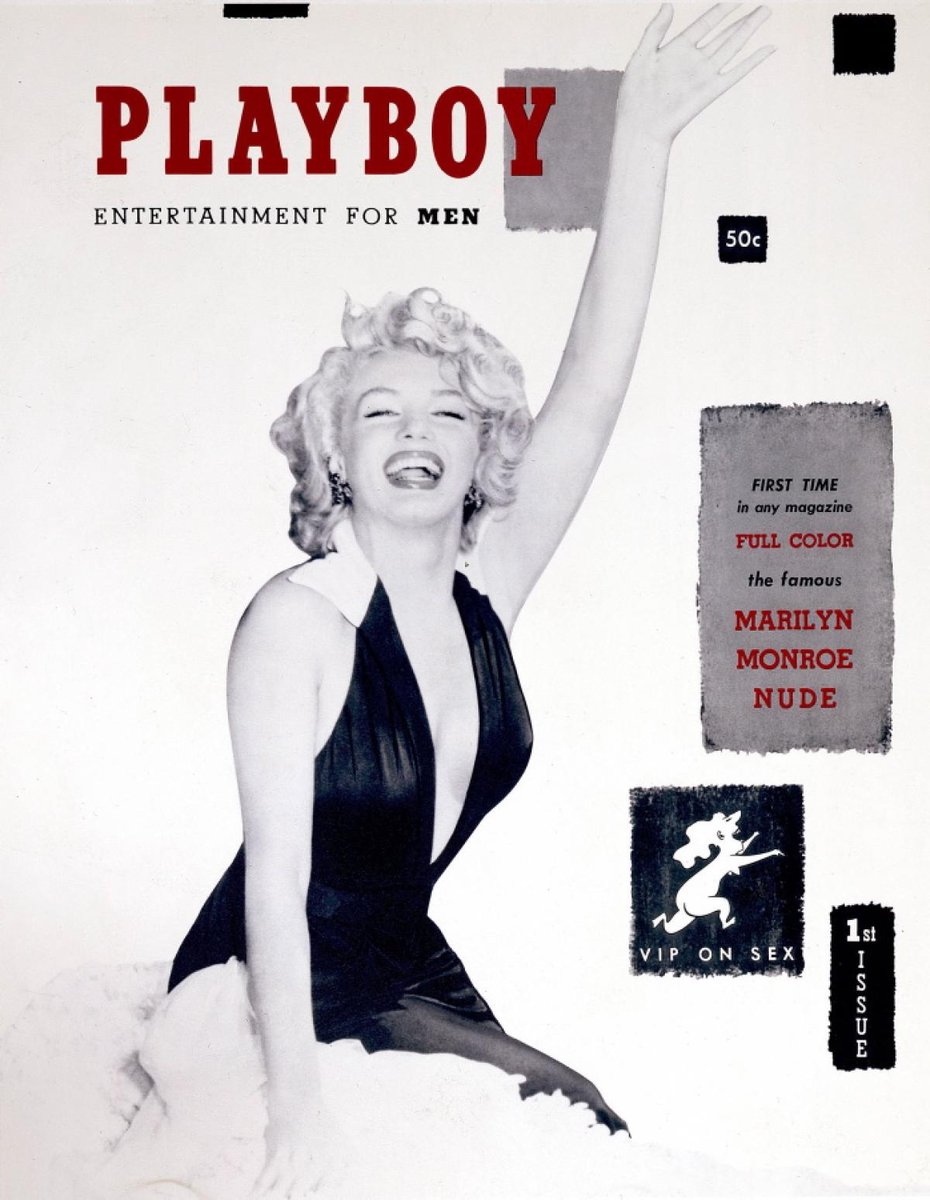

Ray Bradbury's Fahrenheit 451 ( 1953) was reprinted in the March and April 1954 issues.
#Playboy last stapled issue series#
It was primarily under these editors that Playboy's sf flourished.Īt the outset most of the fiction in Playboy was reprinted from elsewhere and even included a series of "ribald" classics from the likes of Petronius and Straparola. Soon after Macauley stepped down as fiction editor in 1976, Kretchmer appointed Alice K Turner who served as fiction editor from 1980 to 2000. When Spectorsky died in 1972 he was succeeded by Arthur Kretchmer, who served as executive editor until 2003. In 1966, after Russell stepped down, Spectorsky appointed Robie MacAuley as fiction editor. In July 1956 Hefner appointed A C Spectorsky (1910-1972) as literary editor, and he soon rose to be executive editor and publisher. Hefner's first associate editor, with responsibility for the fiction, was Ray Russell who shared with Hefner an interest in weird and macabre fiction – Hefner had been an avid reader of Weird Tales during the 1940s and had even joined the " Weird Tales Club". As a consequence the magazine runs a considerable amount or fiction by the leading writers of the day and the quality of Playboy's literary content has been down to a group of talented editors. Despite the obvious fantasies that Playboy offered, Hefner also wanted the magazine to provide intellectual and commercial stimulation, aiming the magazine at the top businessmen and executives of the day as much as at college students. Letter size and saddle-stapled to allow opening flat for the centrefold.

DOLLARS.US Slick men's magazine published by HMH Publications, Chicago, under Hugh M Hefner, monthly from December 1953 (first issue undated), until 2009, which saw only 11 issues ten issues per year from 2012 to 2016 and bimonthly from January/February 2017. The mostnotorious of these are issues 12/59 and 11/61, which are rarely found with an intact BARGUIDE.Īll prices shown are for complete magazines with all page-numbered cardsand/or BAR GUIDE intact. A similar advertising gimmick was the 12-page tear-out 'BAR GUIDE'.


The next issue with such an ad was 8/60, but nearly all issues from 1961 through 1966 had atleast one. These are not the subscription cards that PLAYBOY has nearlyalways included in each issue and which do not count as pages. In many cases, these cards were counted as pages, and magazineswithout them are incomplete - for example: in issue 4/59, pages 72 and 75 are the ad itself, andpage 73-74 is the order card. The cards were typically 3 x 5, althoughseveral sizes are known. The ads were usually for book or record clubs. In April 1959, a new form of advertising appeared in PLAYBOY Magazine consisting of a2-page ad separated by a membership order card that was perforated at the spine for easyremoval. Ken ritchie playboy magazine back issues price list


 0 kommentar(er)
0 kommentar(er)
